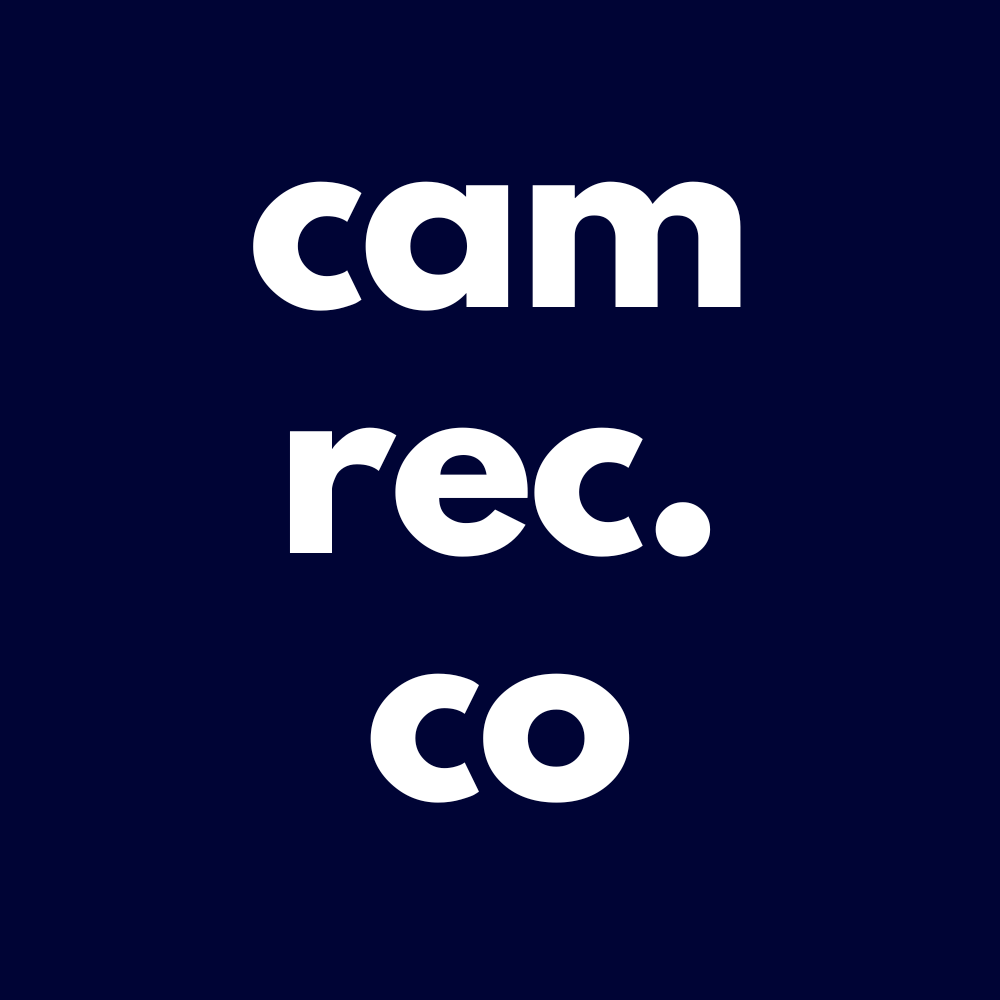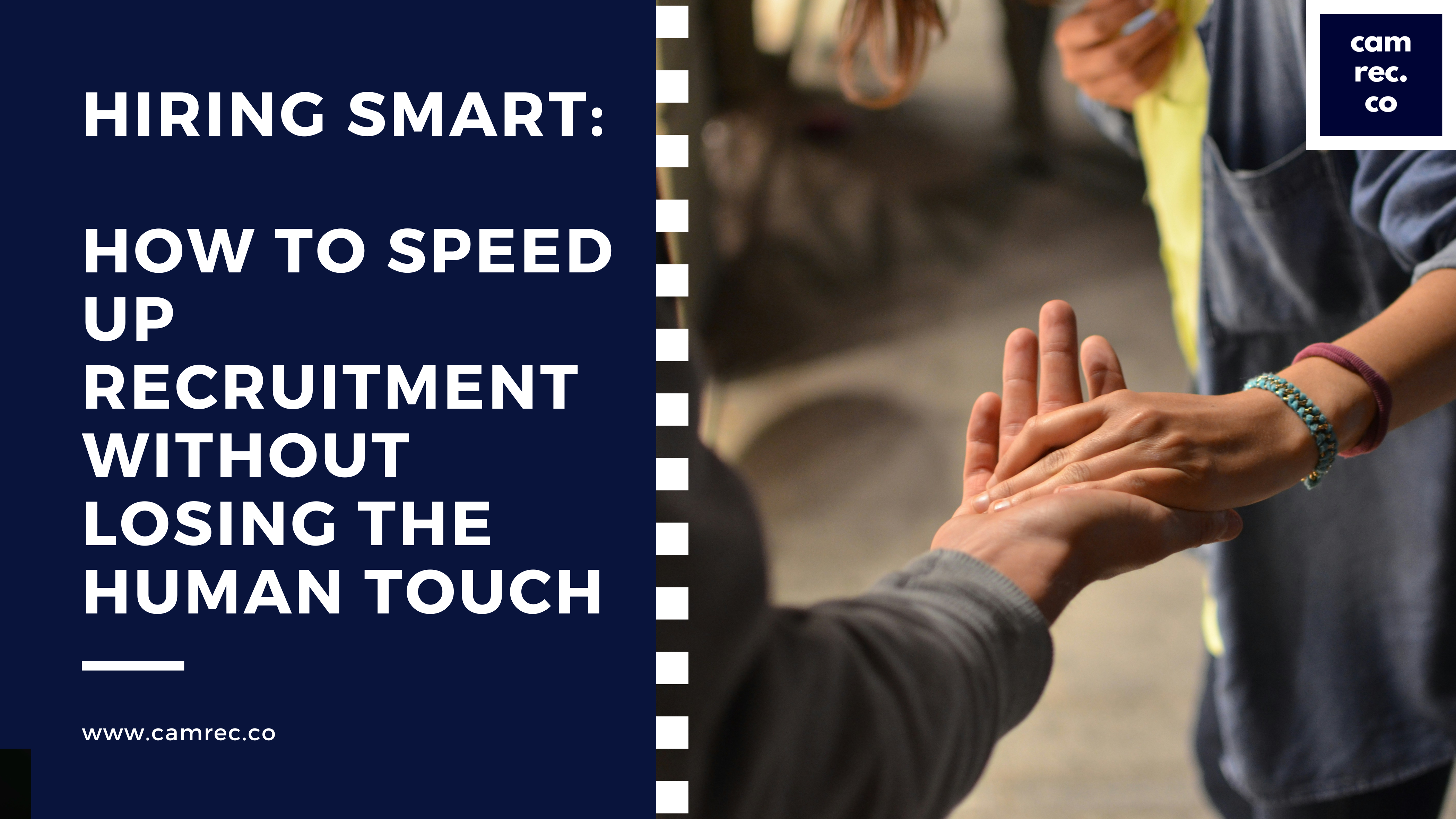Hiring Smart: How to Speed Up Recruitment Without Losing the Human Touch
In any job market, the way you handle your hiring process can make or break your reputation. Speed matters, but so does treating candidates with respect. Striking the right balance between efficiency and a positive experience isn’t just good for candidates—it’s good for business.
This post explores how to optimise your hiring process without making candidates jump through unnecessary hoops, ensuring you attract the best talent while maintaining a great employer brand.
Why Your Hiring Process Needs Balance
A well-structured hiring process isn’t just about filling roles quickly. It’s about making the right hires while keeping candidates engaged. An efficient process reduces time-to-hire, cuts recruitment costs, and ensures the best candidates don’t drop out due to long delays.
From a candidate’s perspective, a transparent and respectful process builds trust and keeps them motivated, even if they don’t land the role. A hiring experience that respects their time makes them more likely to stay engaged and speak positively about your company, whether they are successful or not.
When done right, hiring becomes a win-win situation. Companies secure the best talent, and candidates walk away feeling valued, regardless of the outcome.
The Candidate’s Perspective: A Hiring Process That Works Both Ways
Job searching can be stressful, especially in uncertain economic conditions. The process itself can feel overwhelming, with endless applications, long waits for responses, and multiple interview rounds. The frustration only grows when companies fail to communicate clearly or drag out decision-making.
Employers who recognise this and streamline their hiring process stand out. When a company makes the experience smooth and respectful, candidates notice. It builds trust, enhances the company’s reputation, and ensures that top talent remains engaged throughout the process.
How to Streamline Recruitment Without Sacrificing Quality
One of the biggest challenges in hiring is striking a balance between being thorough and moving quickly. Delays often occur when companies overcomplicate screening, add unnecessary interview rounds, or fail to communicate decisions in a timely manner.
The first step to improving efficiency is ensuring your screening process is clear and focused. A well-written job description with precise requirements helps attract the right candidates from the start. This reduces the time spent sorting through unsuitable applications and allows recruiters to concentrate on assessing relevant skills and experience.
Initial phone or video screenings can be an effective way to refine the candidate pool. A short conversation can quickly establish whether someone meets the essential criteria and is genuinely interested in the role. If online assessments are part of the process, they should be relevant and provide meaningful insights rather than being an unnecessary barrier.
Many companies make the mistake of adding too many interview stages, leading to a slow and frustrating process. Every interview should serve a clear purpose. If multiple stakeholders need to be involved, consider consolidating interviews into a panel format rather than scheduling separate meetings. Where possible, practical assessments should be incorporated within the interview rather than as an extra step afterward. Clear communication is another essential factor in improving the candidate experience.
Candidates appreciate regular updates, even if it’s just to let them know they’re still under consideration. A simple acknowledgment after an application, a quick response after an interview, and constructive feedback at the end of the process can make a big difference. When companies leave candidates in the dark, it creates frustration and damages their employer brand.
Technology can also play a huge role in streamlining hiring. Automated scheduling tools reduce back-and-forth emails, while applicant tracking systems help recruiters manage candidates more efficiently. Remote interview platforms allow for greater flexibility, making it easier to connect with top talent without logistical delays.
Lessons from Companies That Get It Right
Many companies have successfully improved their hiring process by reducing interview stages and integrating assessments earlier in the process. Those that have focused on improving communication and making scheduling more efficient have seen improvements in both time-to-hire and candidate satisfaction.
When hiring is treated as a two-way experience—where candidates feel valued, respected, and well-informed—it leads to better outcomes for both businesses and job seekers. Learning from companies that prioritise candidate experience can provide valuable insights into how to refine your approach.
Final Thoughts
A hiring process that respects candidates’ time while efficiently assessing talent is the key to securing top candidates in today’s competitive job market. Employers who simplify their process, communicate effectively, and leverage technology to remove bottlenecks will attract stronger applicants and maintain a positive reputation.
Think about how your hiring process feels from a candidate’s perspective. Are there unnecessary delays? Do candidates receive timely updates? Are interview stages structured in a way that respects their time? Small improvements can make a big difference in securing the right people while keeping them engaged throughout the process.
By making hiring smarter, faster, and more candidate-friendly, companies can build a stronger talent pipeline and create a better experience for everyone involved.
What has worked for you in streamlining hiring while keeping the candidate experience positive?

